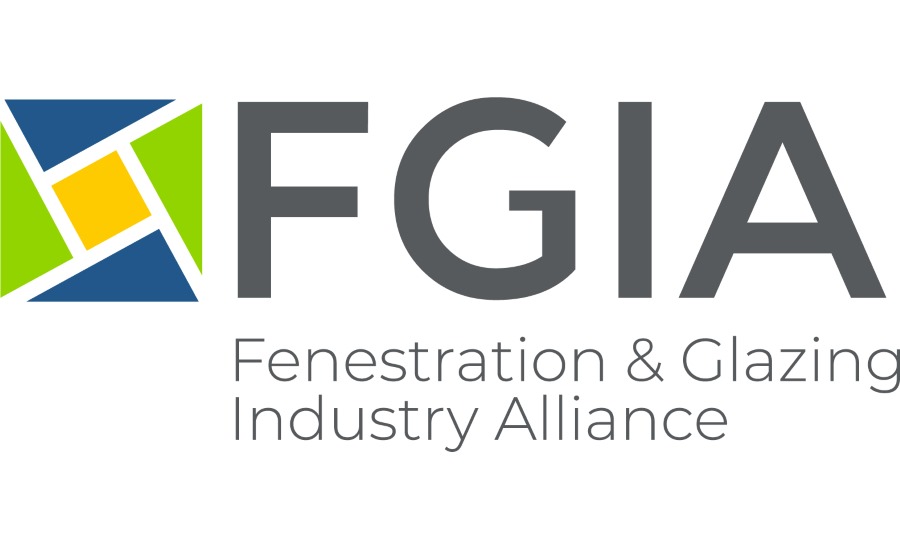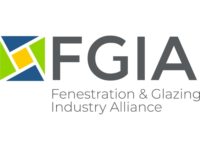FGIA Updates Two Anchorage Technical Documents

The Fenestration and Glazing Industry Alliance (FGIA) has updated two documents addressing fenestration anchorage. This is the first update to AAMA 2501-20, "Voluntary Guide for Engineering Analysis of Anchorage Systems for Fenestration Products" Included in NAFS, since it was originally written in 2006. Its companion document, AAMA TIR-A14-20, "Fenestration Anchorage Guidelines," was created in 2010. This is its first update as well.
"These documents are companions, and both provide guidance on what needs to be considered to determine appropriate anchorage of fenestration products," said Sarah Erickson (Wausau Window and Wall Systems), chair of the FGIA Fenestration Anchorage Systems Task Group. "AAMA 2501 establishes the information that a design professional will require to be able to analyze an anchorage detail. AAMA TIR-A14 outlines several types of analysis that a design professional will perform on the most common anchorage details for fenestration products."
AAMA 2501 establishes the minimum requirements to confirm that a fenestration anchorage system for a product included in the North American Fenestration Standard (NAFS) provides a load resistance with an appropriate safety factor that is equal to or greater than the project specific design pressure requirements and supports the product in a manner equivalent to that tested. And, AAMA TIR-A14 offers engineering rules and guidelines in the designs of fasteners used in the connection of fenestration to the surrounding building conditions.
Both documents were revised to align more closely with one another, including updates to reference material and the addition of details pertaining to significance of use. Small, but crucial, equation revisions were also included in the 2020 version of AAMA TIR-A14.
Both AAMA 2501-20 and AAMA TIR-A14-20, as well as other AAMA documents available from FGIA, may be purchased from the online store at the discounted member rate of $20 or the non-member price of $60.
More information about FGIA and its activities can be found at https://fgiaonline.org/.
Looking for a reprint of this article?
From high-res PDFs to custom plaques, order your copy today!




